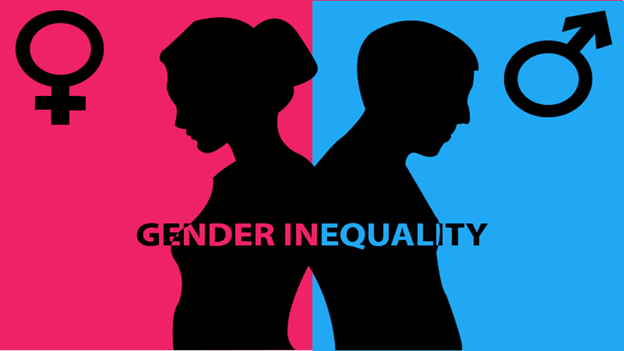From women’s reservation to gender equality
Relevance
- GS Paper 2 – Role of women and women’s organization; GS2 – Parliament and State legislatures—structure, functioning, conduct of business, powers & privileges and issues arising out of these.
- Tags: #Gender equality, #Women’s reservation.
Why in the news?
- Recently, Parliament passed the Women’s Reservation Bill which aims to provide one-third reservation for women in the Lok Sabha and Legislative Assemblies.
- According to data from the Inter-Parliamentary Union, India ranked 141st out of 193 countries in terms of women’s representation with the share of women in Parliament being only 15%.
- India is ranked 127th out of 146 nations in terms of gender parity in the annual Gender Gap Report, 2023.
Increasing women’s participation in governance
- The introduction of reservations for women in local body elections has a positive impact on their participation in governance.
- Studies suggest that elected women representatives have asserted their influence over time, despite resistance from male family members.
- This success could be replicated across higher elected bodies such as the state legislative assemblies and the Parliament.
Women’s Reservation Bill
- One-third of the seats in the state assemblies and the Lok Sabha are reserved for women under the 128th Constitutional Amendment Bill 2023, also known as the Nari Shakti Vandan Adhiniyam.
- Reservation period: It states that seats for women will be reserved for a period of 15 years, which may be extended by Parliament.
- Reservations for underrepresented groups: It mentions a quota for SC/STs under the women’s reserved seats but makes no reference of a separate quota for OBCs.
Significance
- National development: A greater role for women in politics will help India develop on par with other nations.
- Gender equality: According to the American Economic Association, countries with a higher proportion of women in national parliaments are more likely to pass and implement gender-sensitive legislation.
- Cascading impact: According to a study by the Harvard Kennedy School in 2010, female representation in village councils resulted in an increase in female participation and responsiveness to critical issues like the availability of drinking water, infrastructure, sanitation, roads, etc.
Challenges of the Bill
Delimitation
- The successful implementation of the Women’s Reservation Bill depends on the Census and subsequent delimitation exercises.
- However, these processes have been frozen since 1976 to ensure a level playing field for states in population control efforts.
- States with better indicators of women’s empowerment, particularly the Southern states, may lose seats in Parliament when delimitation is conducted.
Legality
- Constitutional courts will have to examine if a constitutional amendment or law can be made contingent on uncertain future events.
- The Bill mentions that it shall be contingent on the next delimitation exercise and census.
- This means that the provisions of the bill may only come into effect from the 2029 General Elections.
Capacity building
- There are concerns over whether higher elected bodies are prepared and capable of handling the increase in the proportion of women.
OBC reservation
- The Bill does not specify a quota for women from the OBC communities.
- In 1996, the Geeta Mukherjee Committee recommended the extension of women’s reservation to OBCs.
Conclusion
- The Women’s Reservation Bill is a significant milestone in addressing gender inequality in Indian politics. However, its success depends on overcoming implementation challenges, transforming societal attitudes, and building the capacity of women representatives.
- Achieving substantive gender equality requires not only legislative reforms but also a concerted effort to recognize and rectify the disparities in unpaid labor and household responsibilities.
Source: The Hindu
Mains Question
What are the main factors responsible for gender inequality in India? Suggest legal and legislative measures taken by the government to remove gender inequality.




